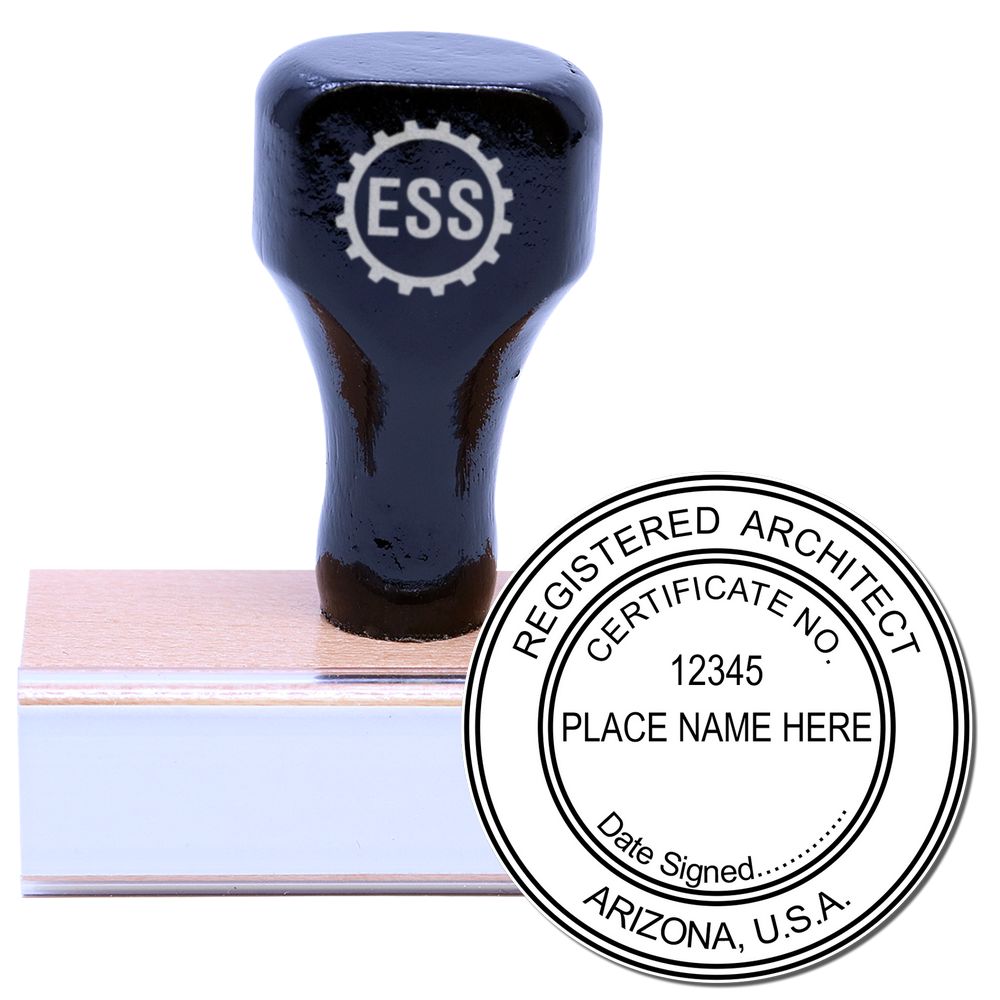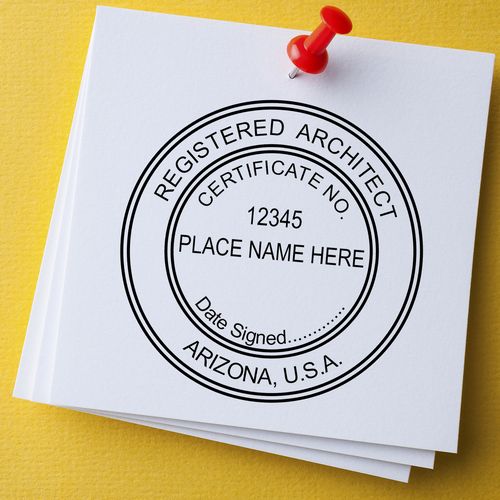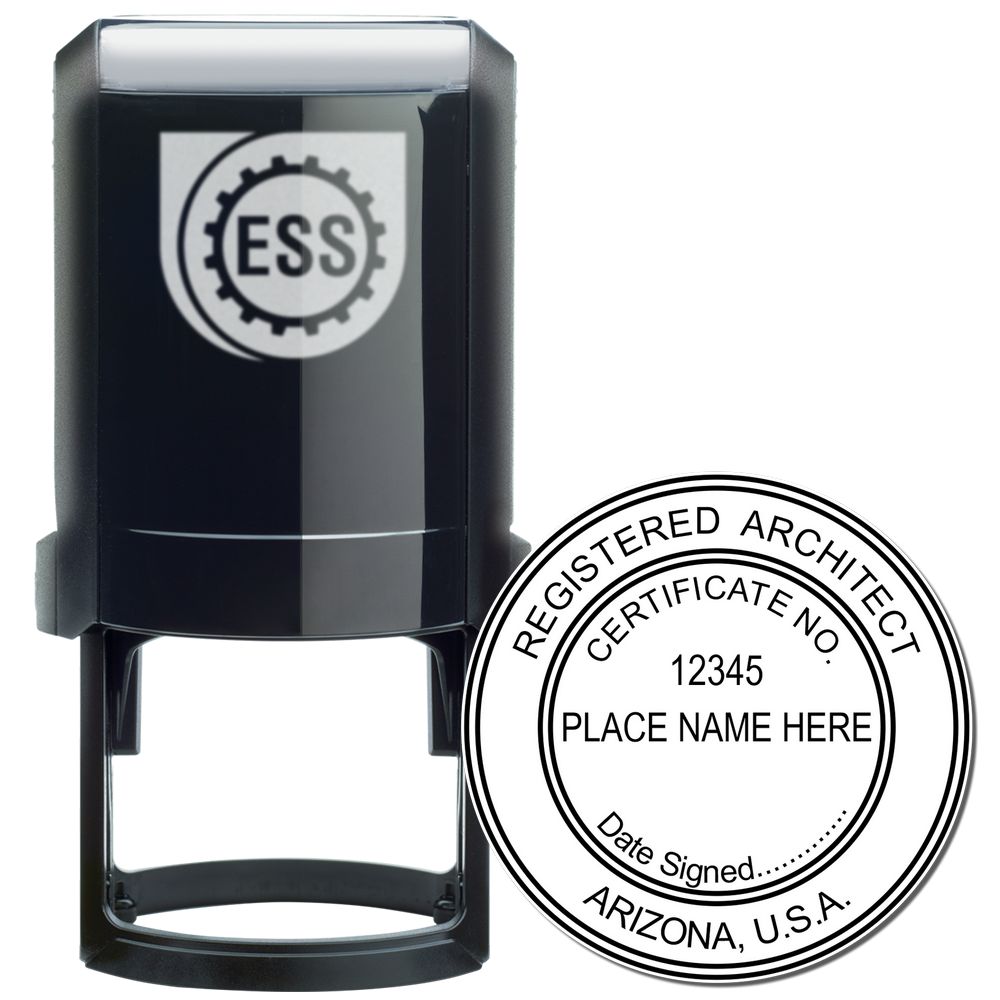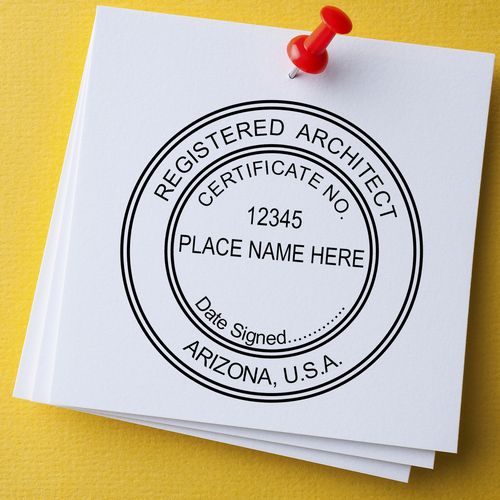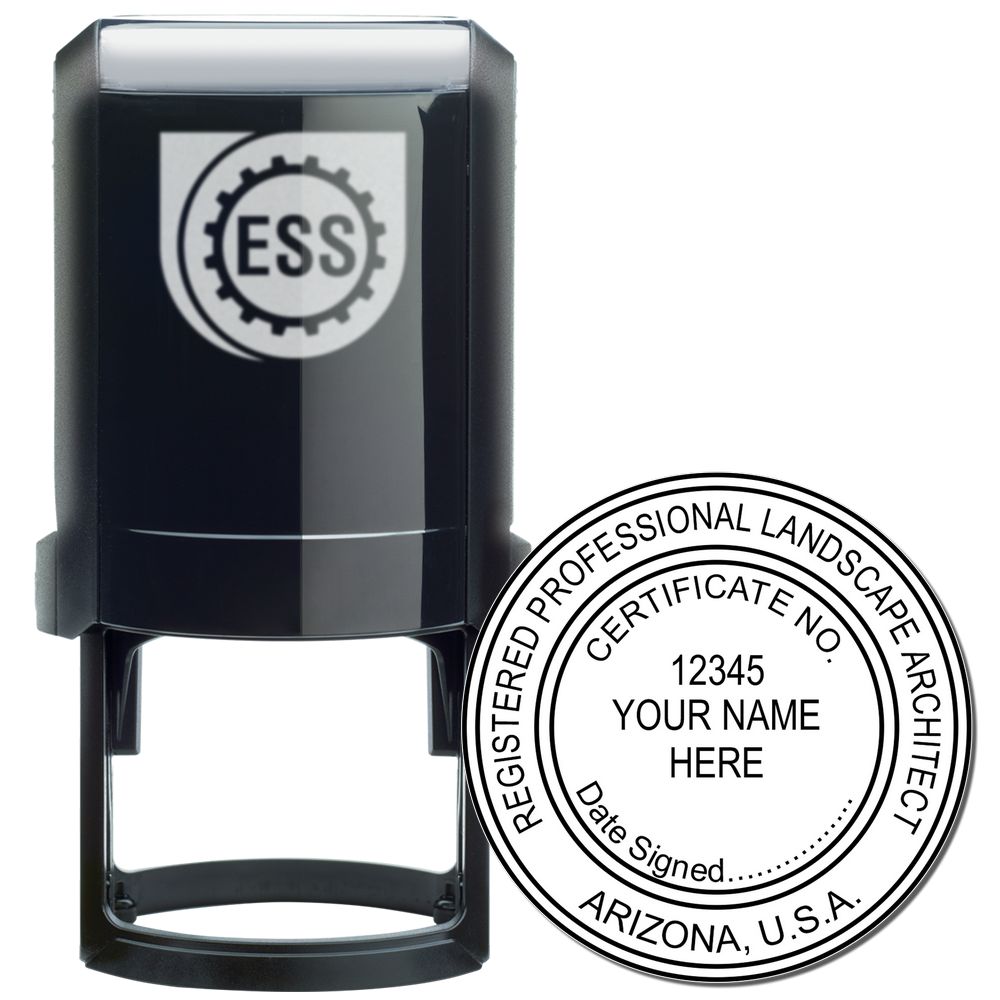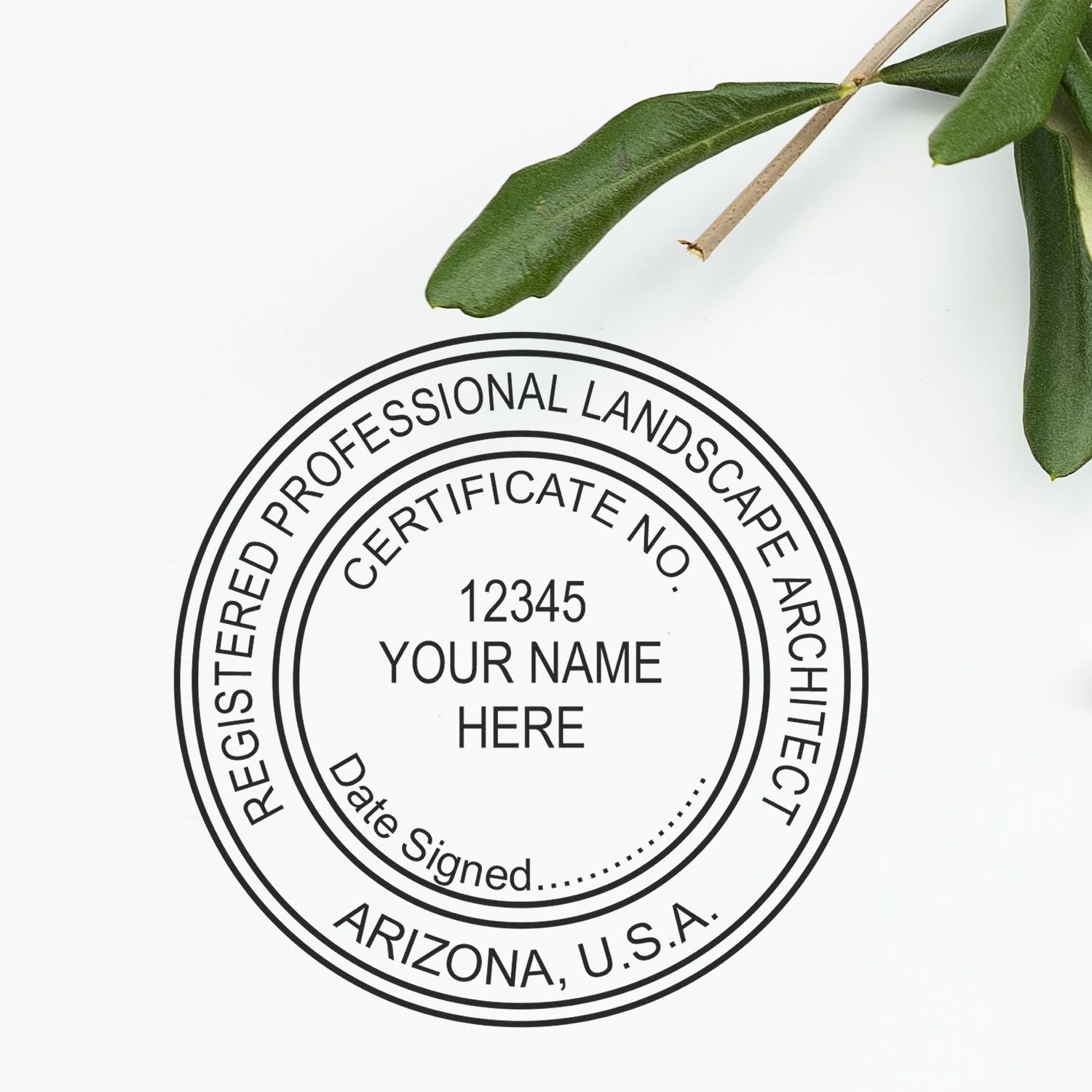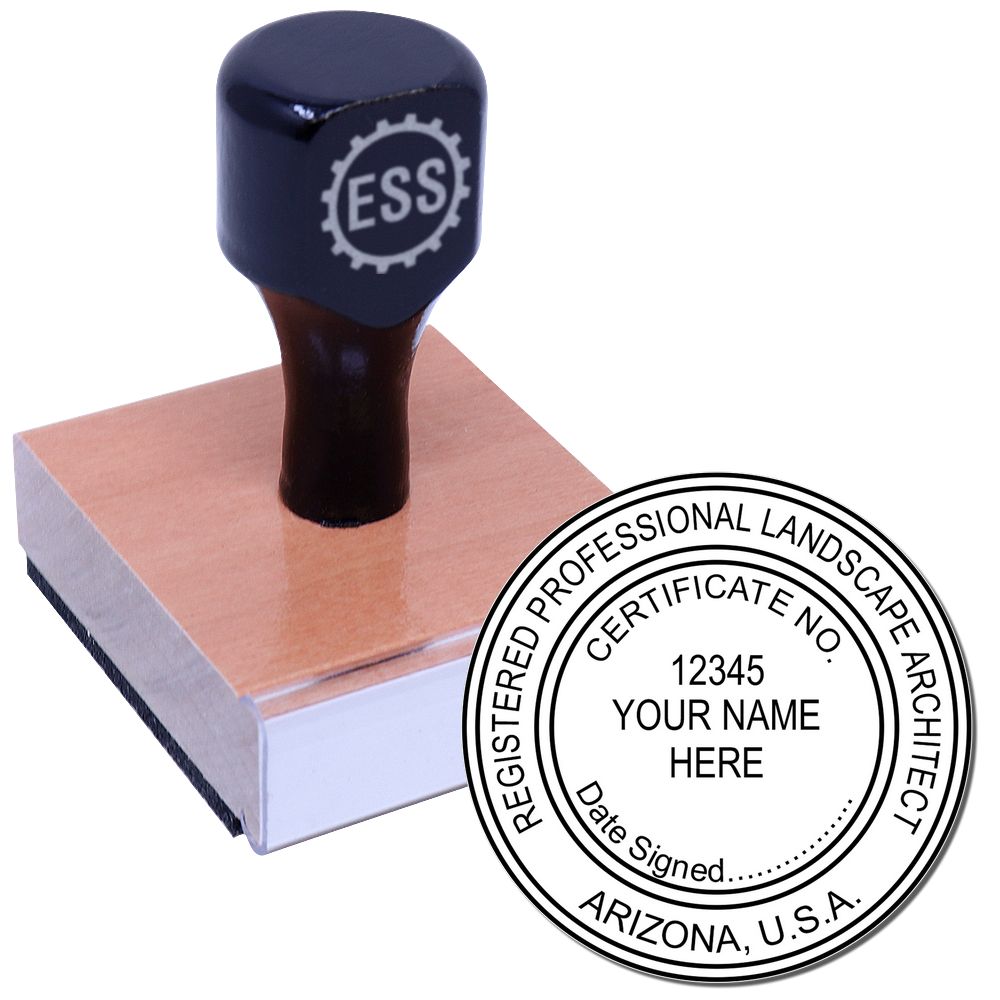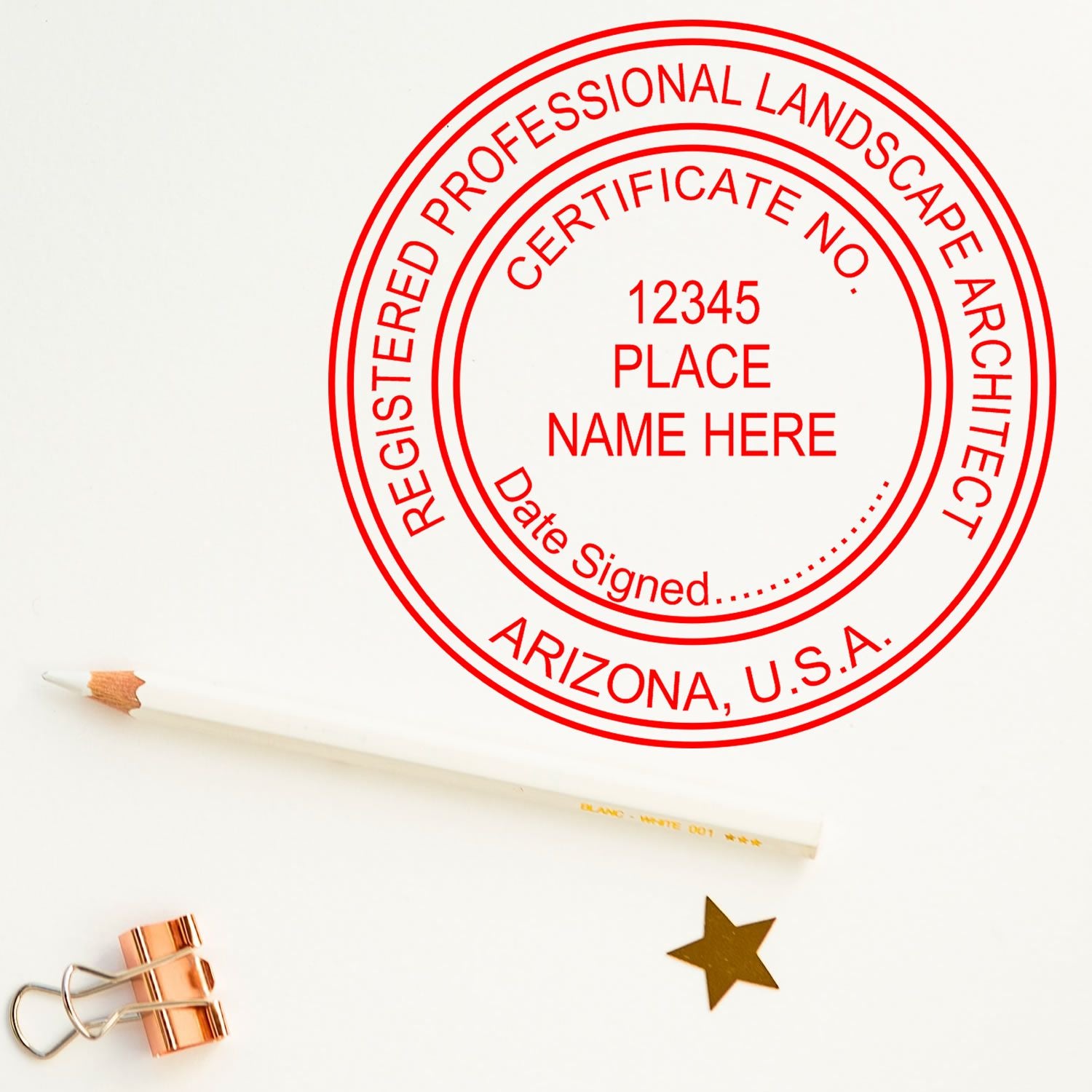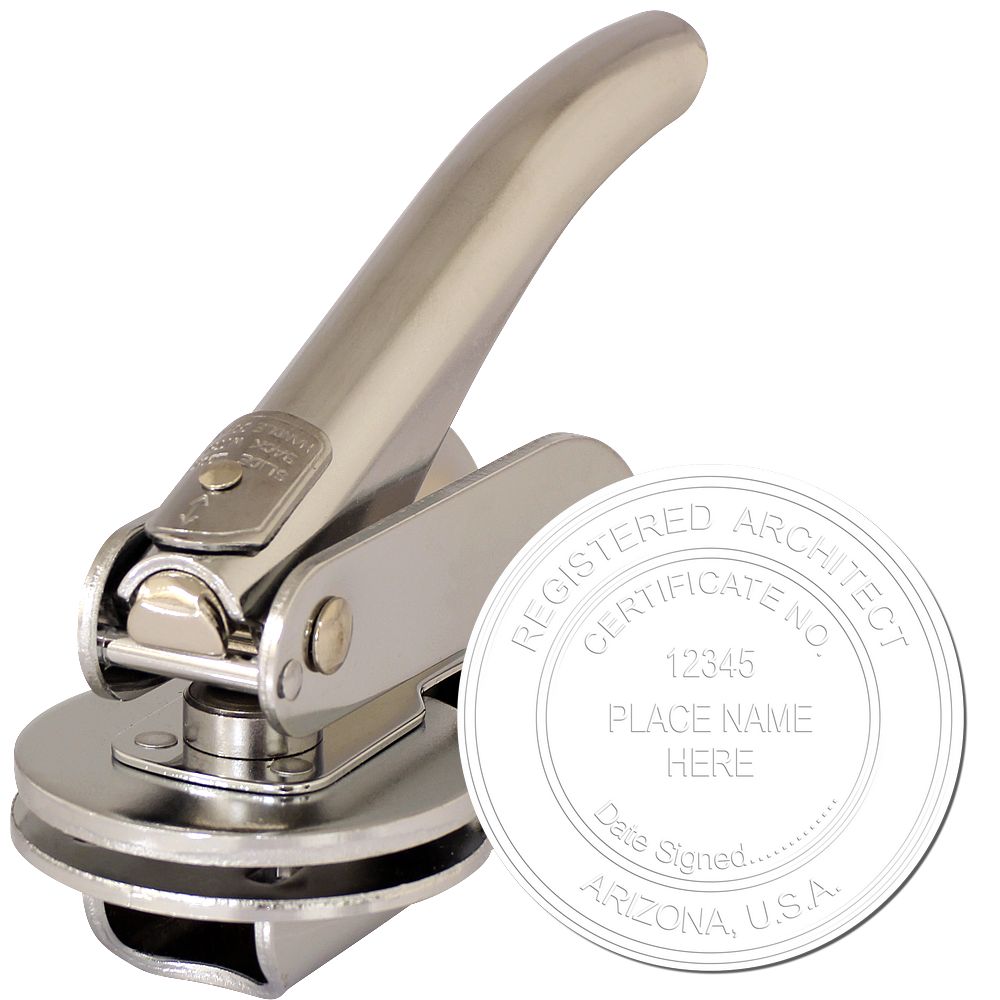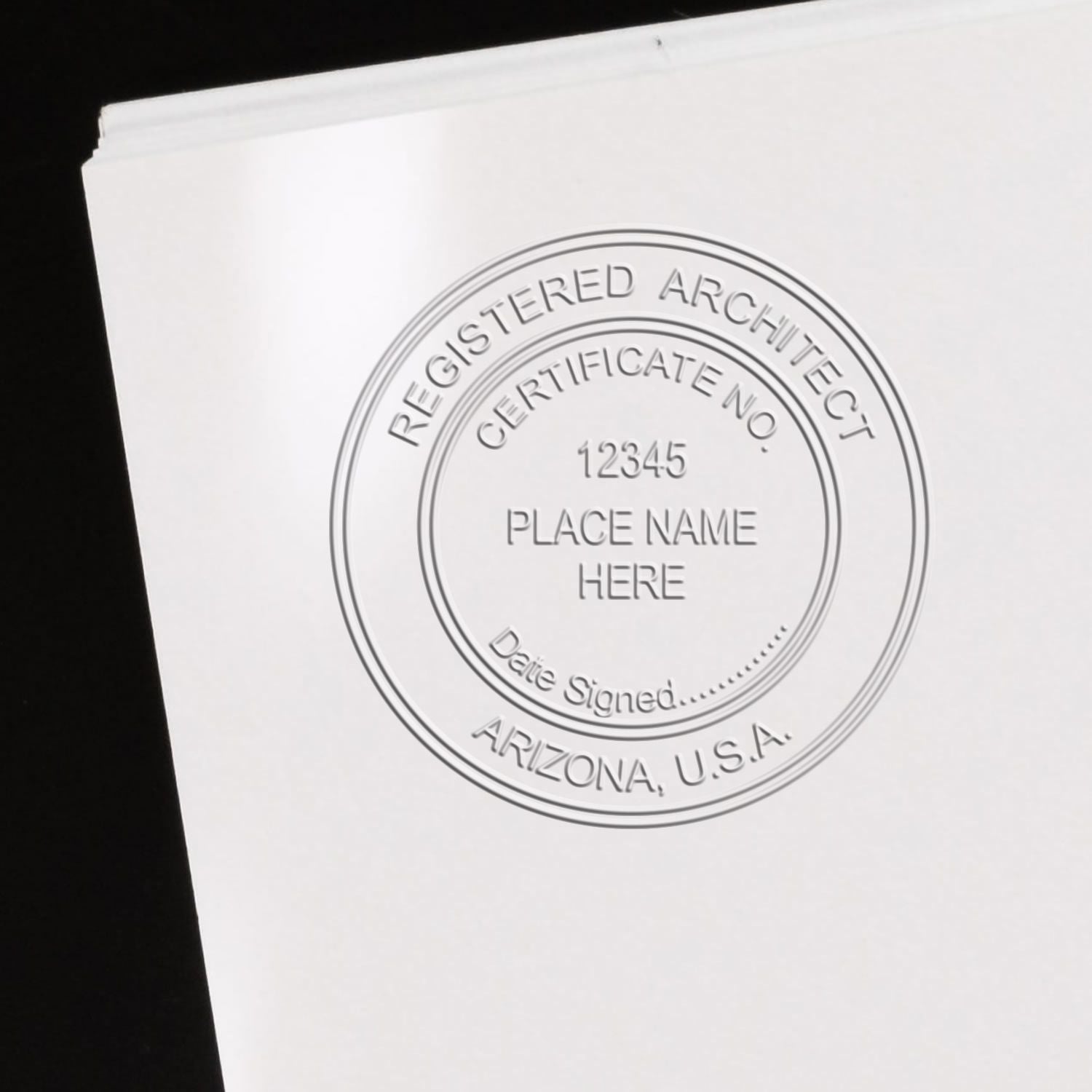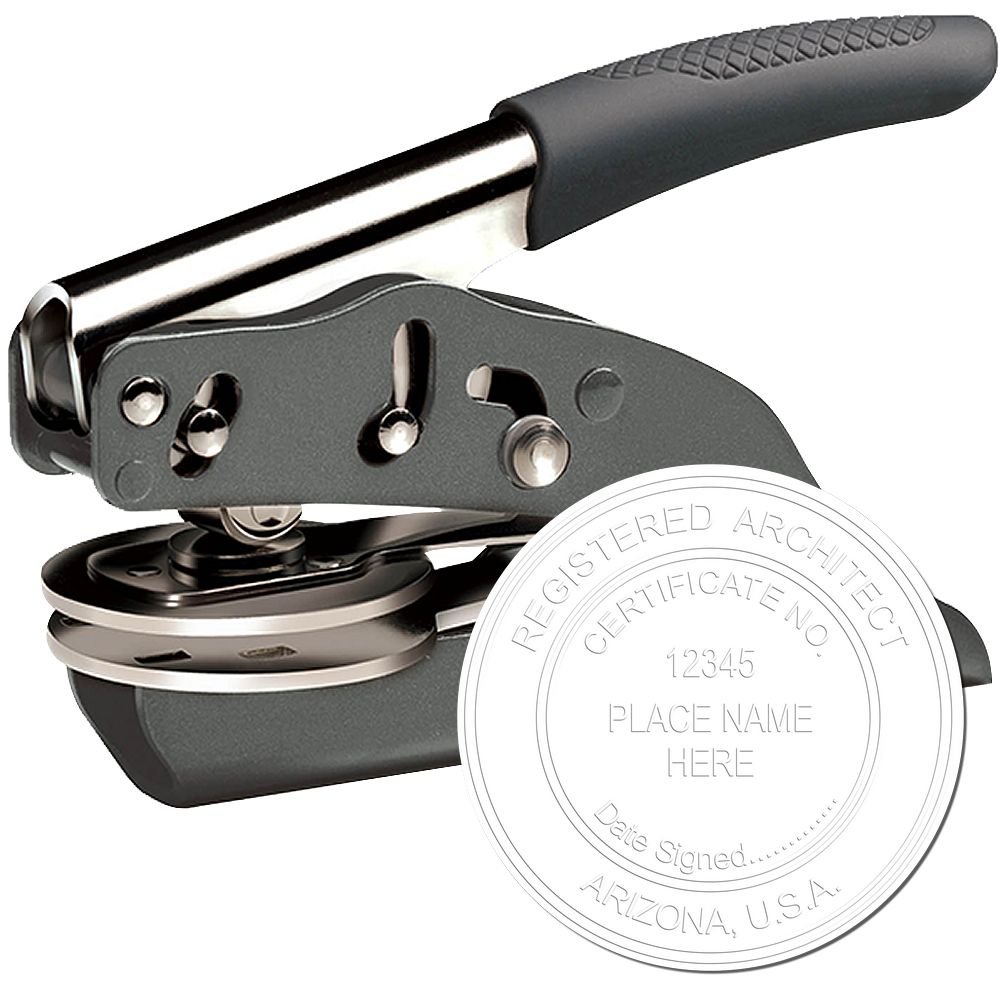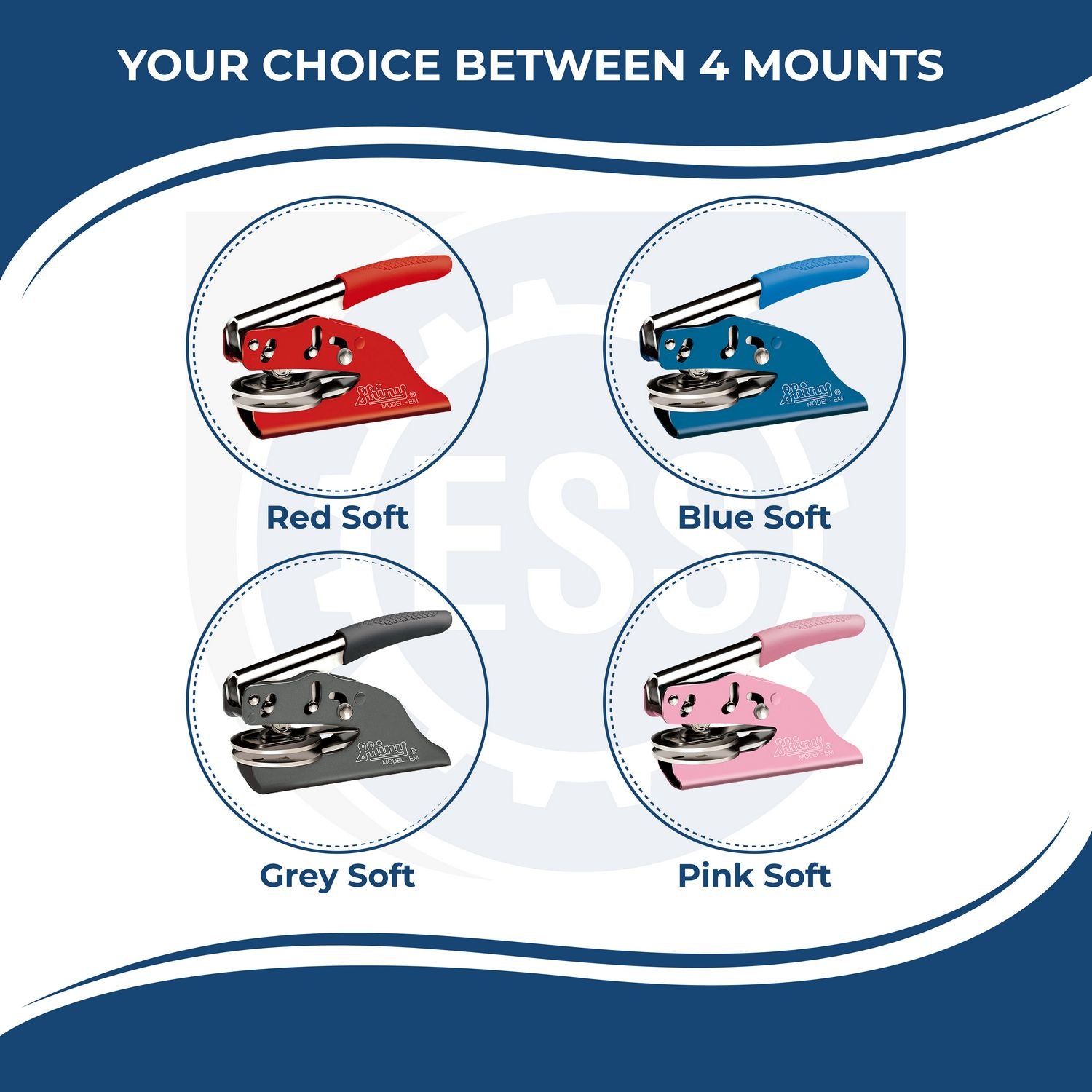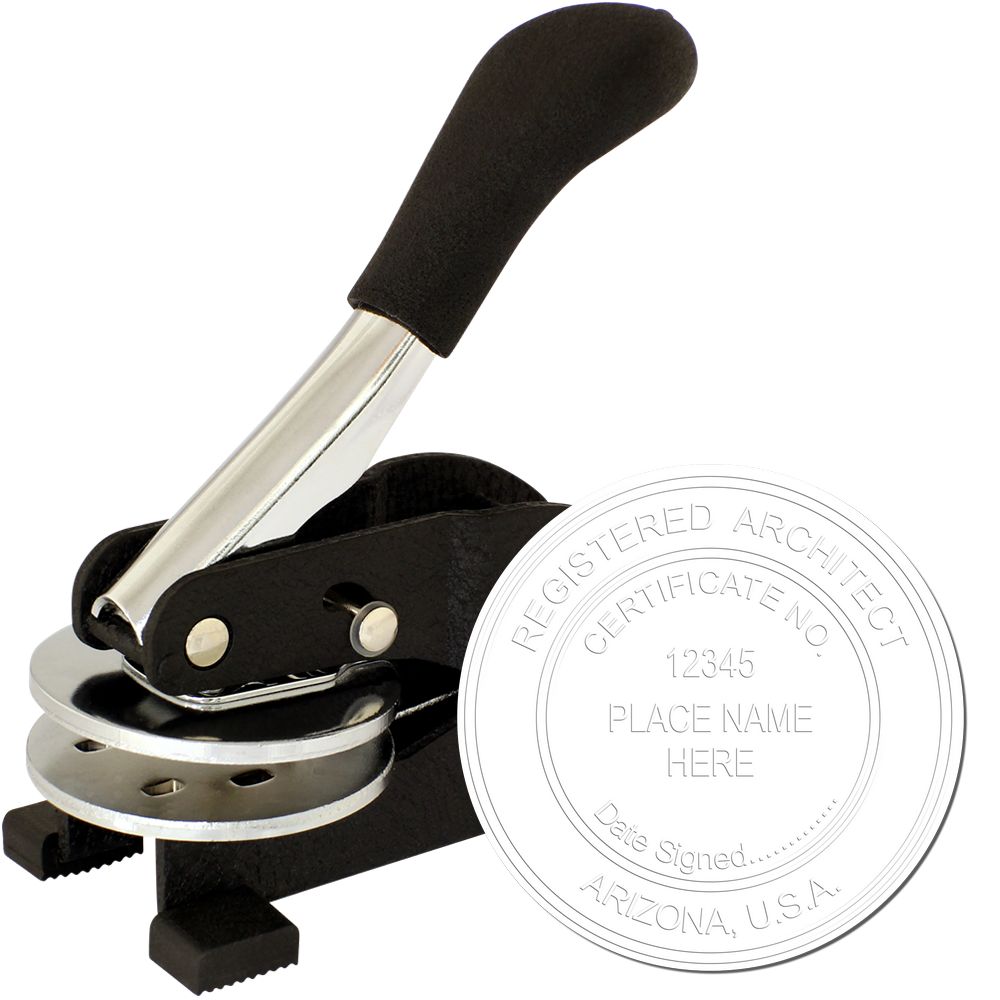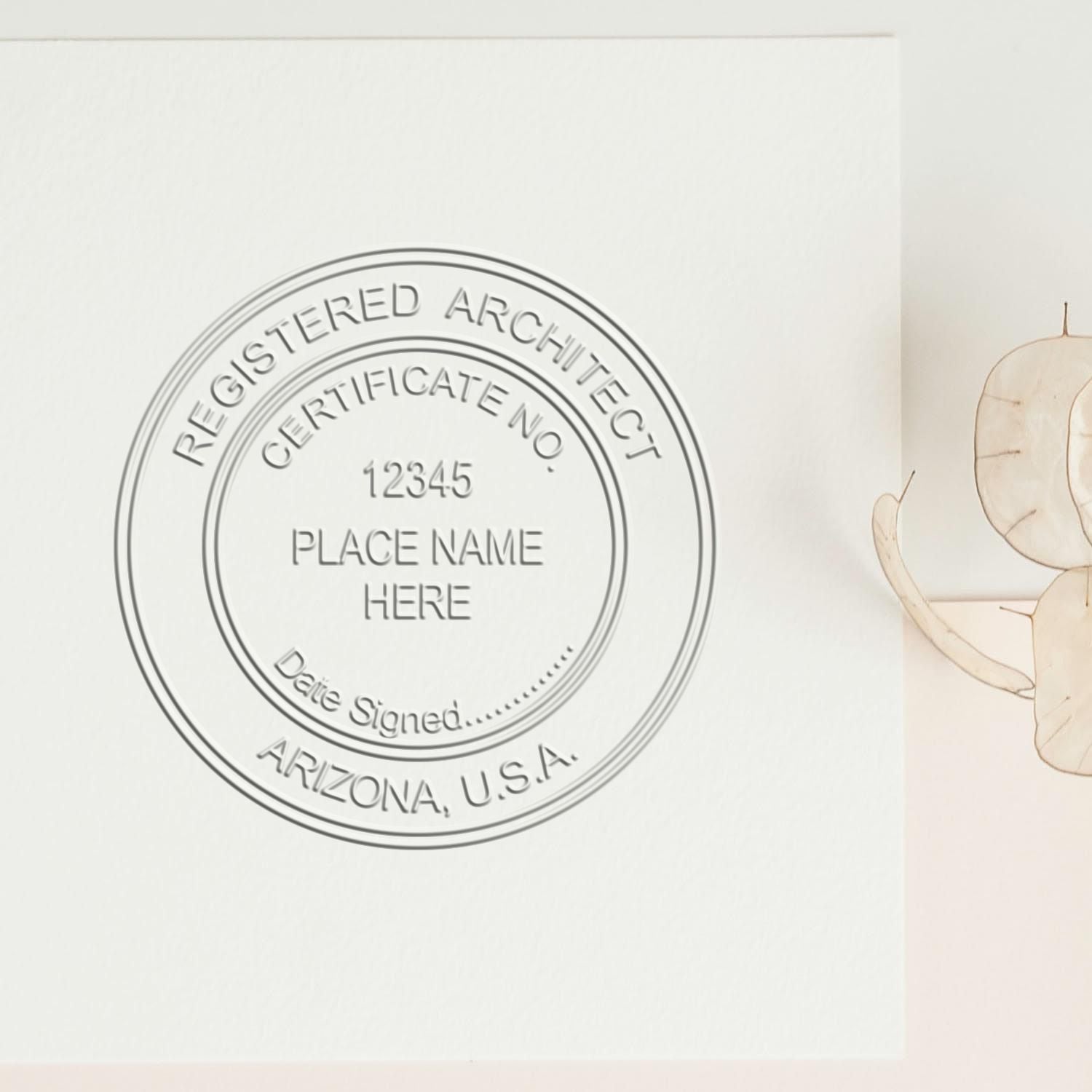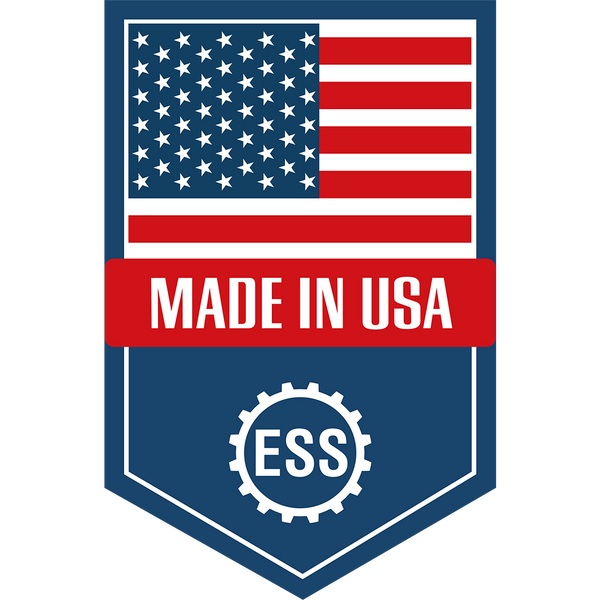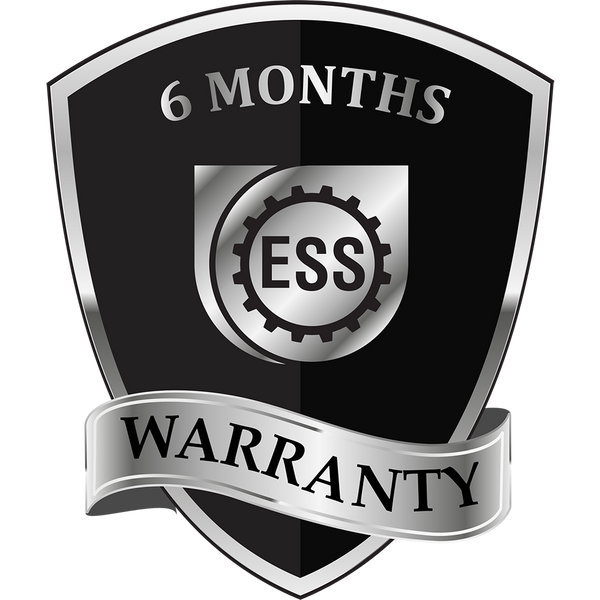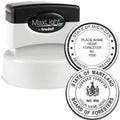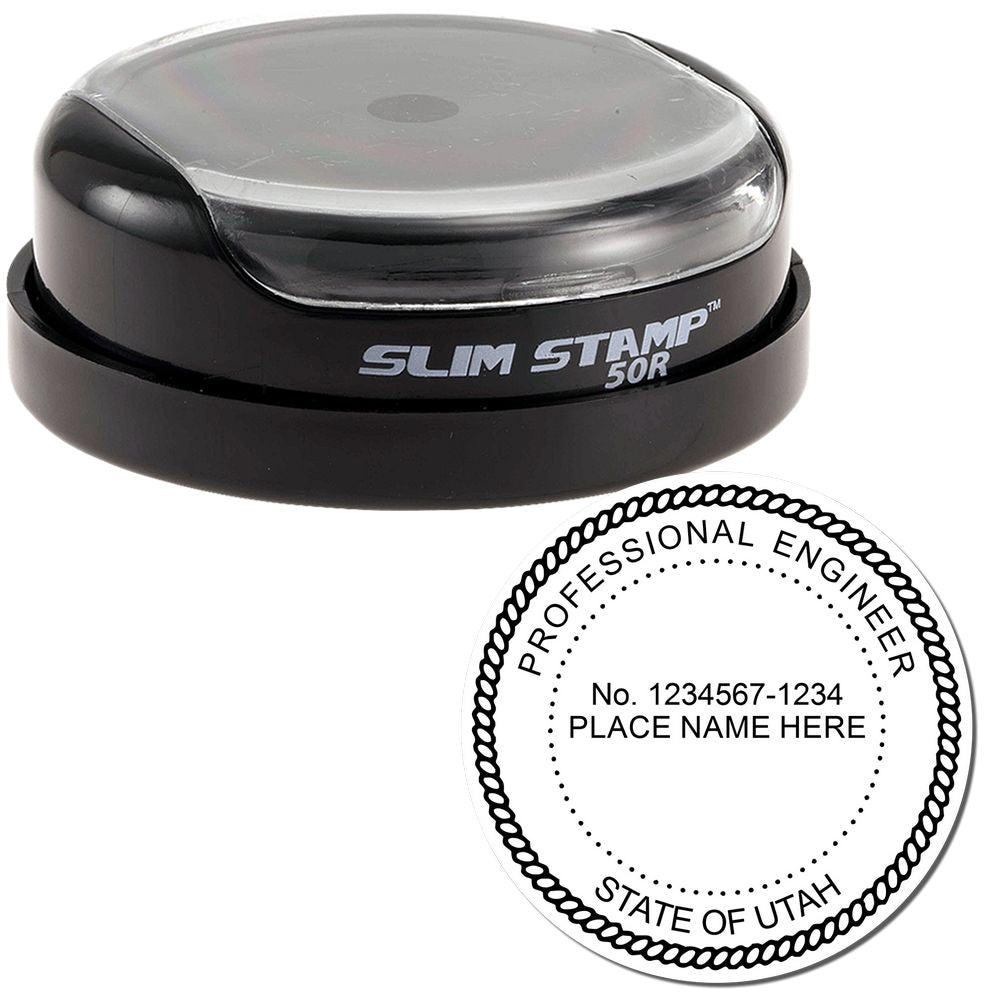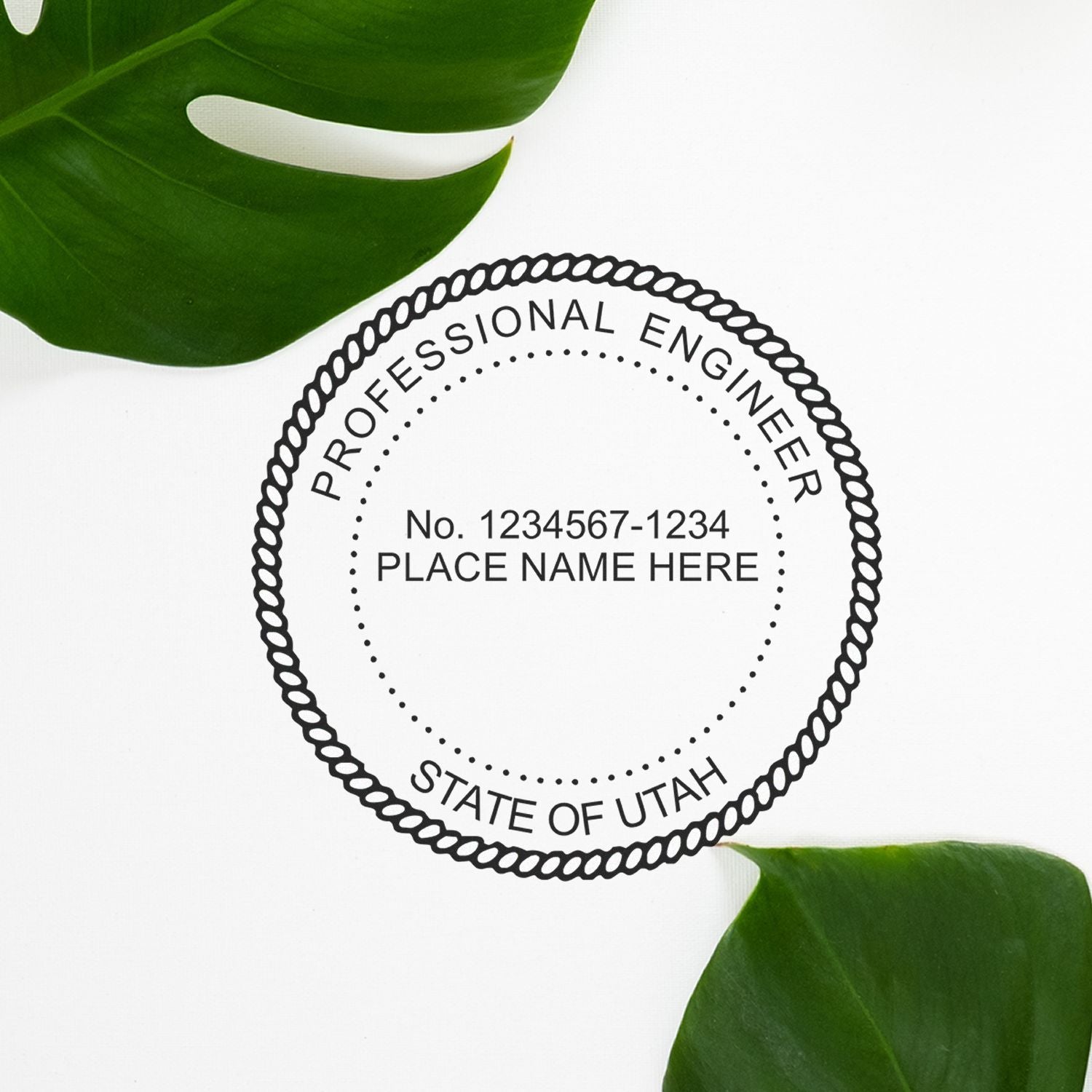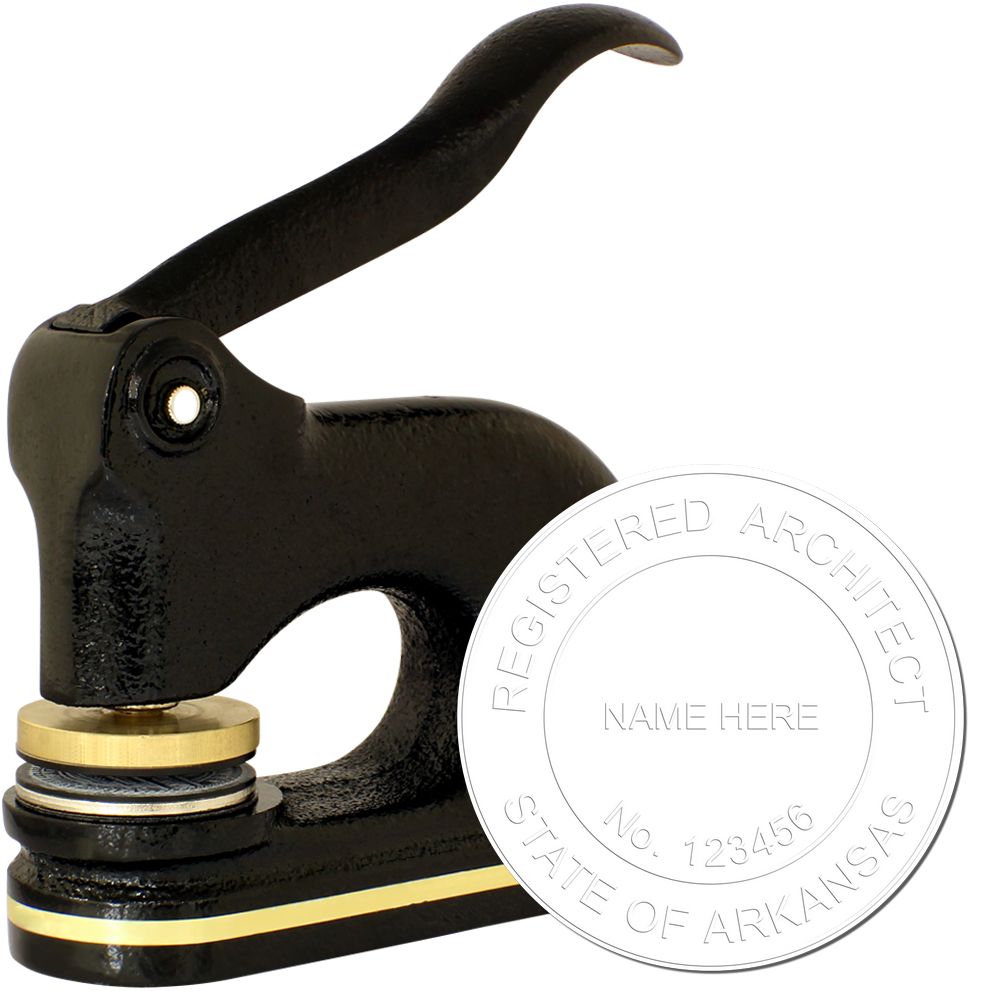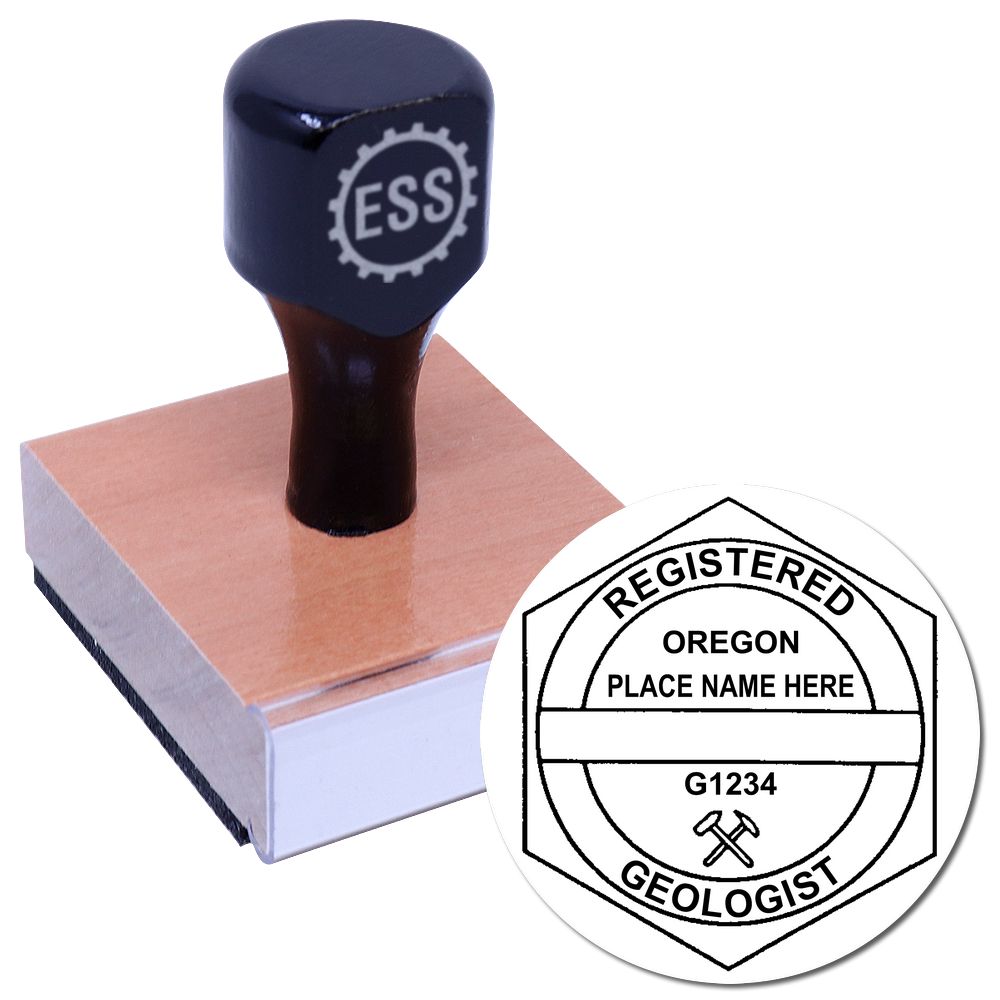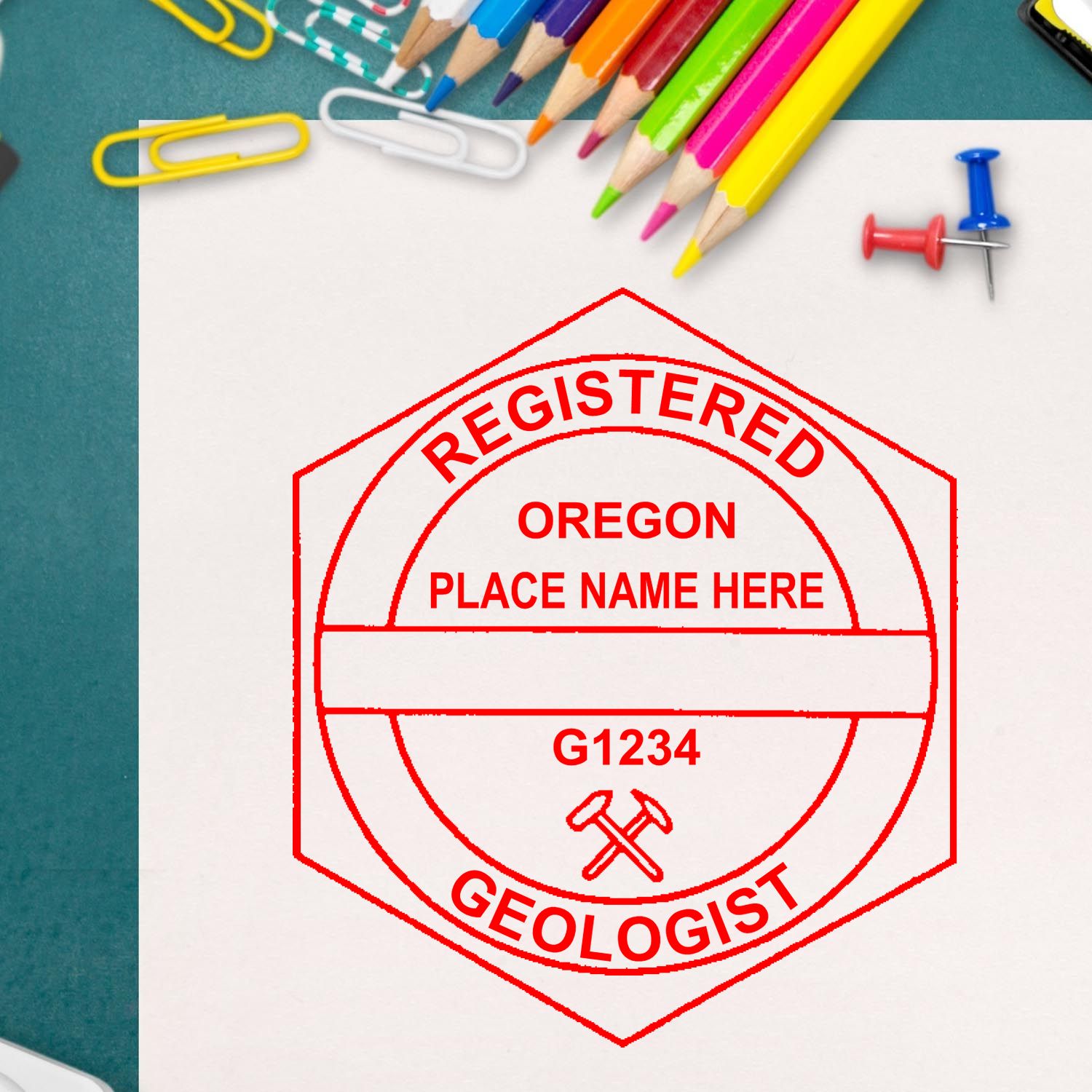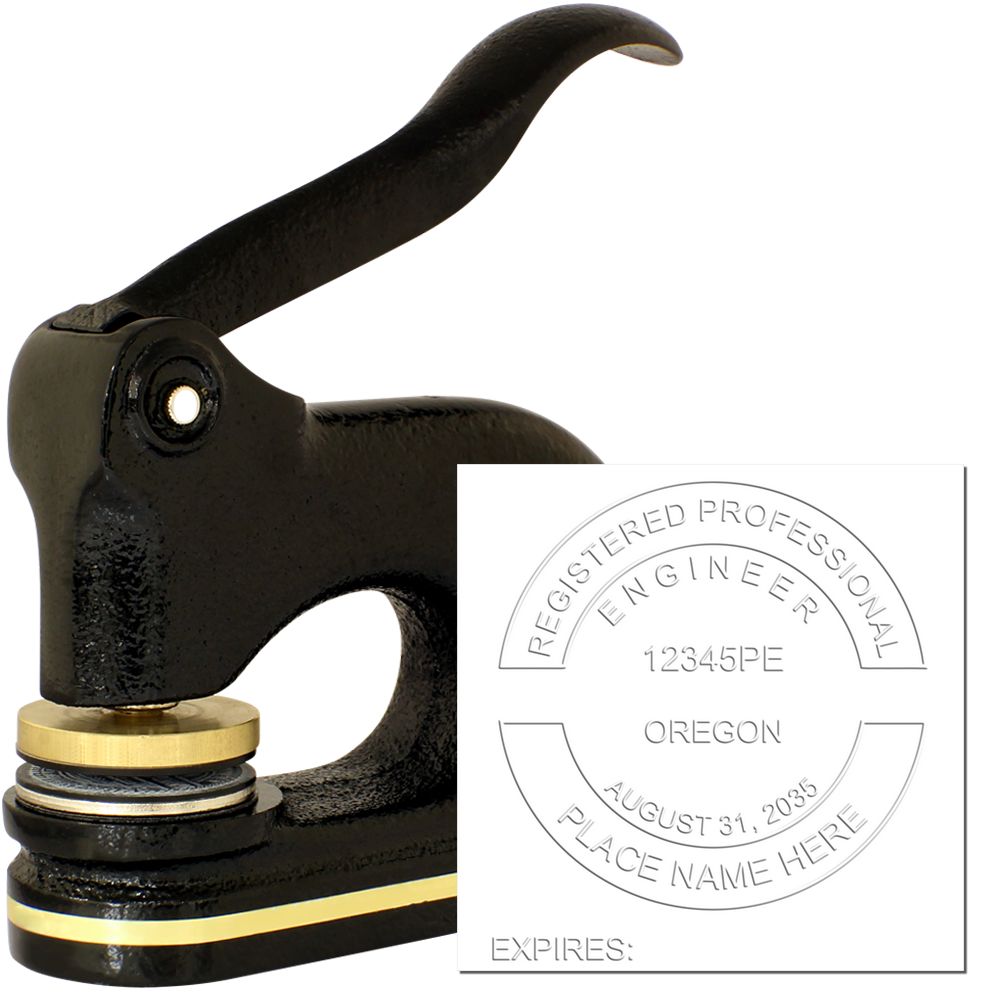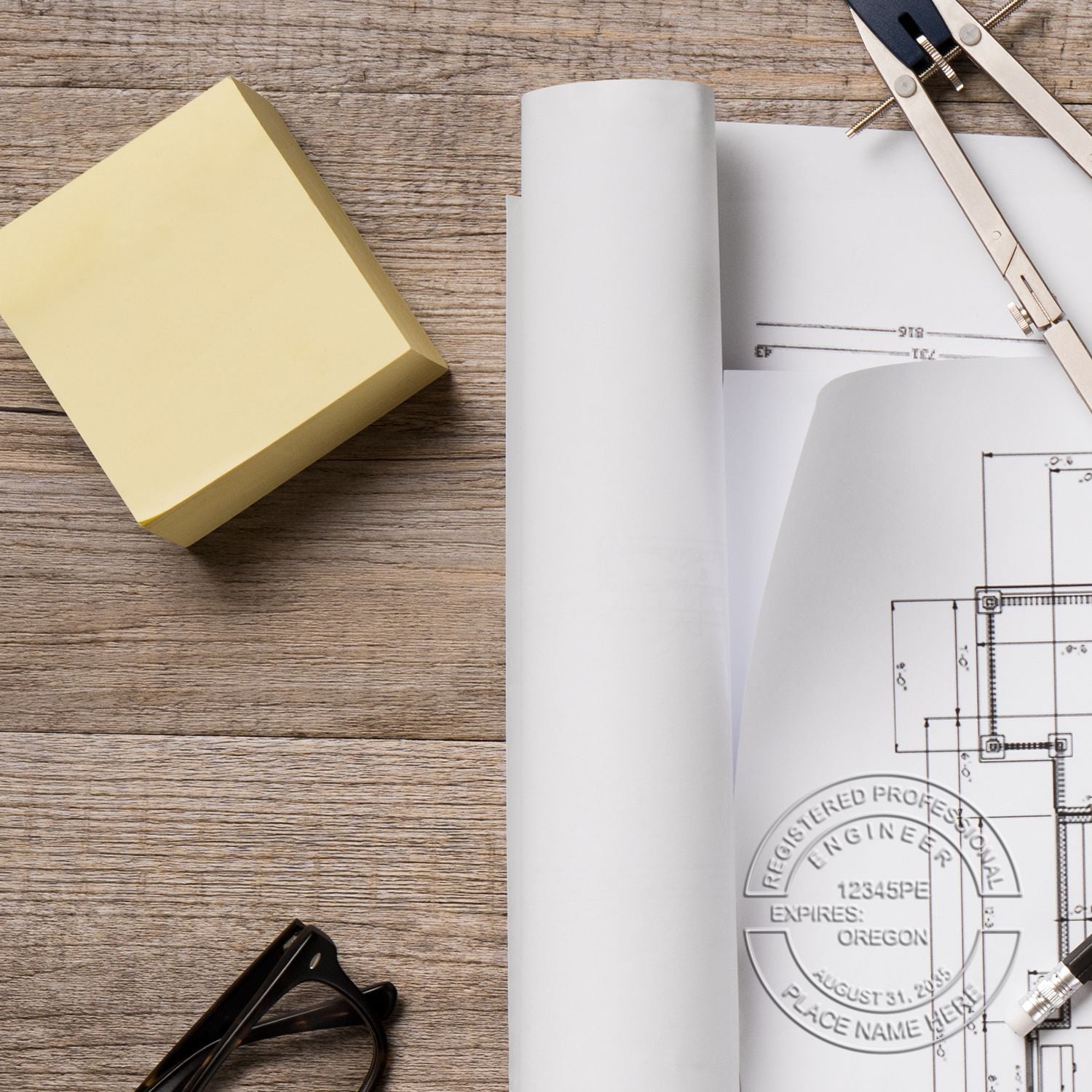The Importance of Architect Seals
Architect seals play a vital role in the world of architecture, serving as a mark of authenticity and professionalism. Understanding the significance of architect seals and stamps is essential for architects in Arizona and beyond.
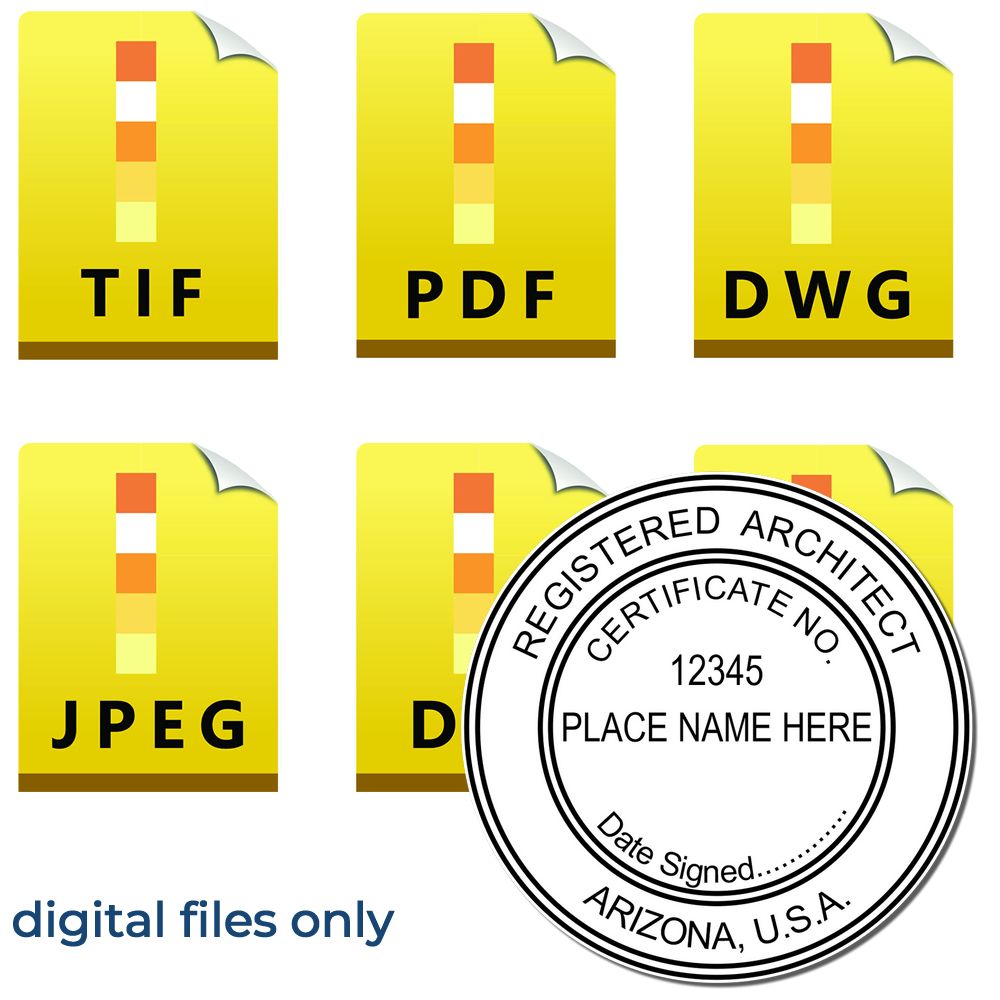
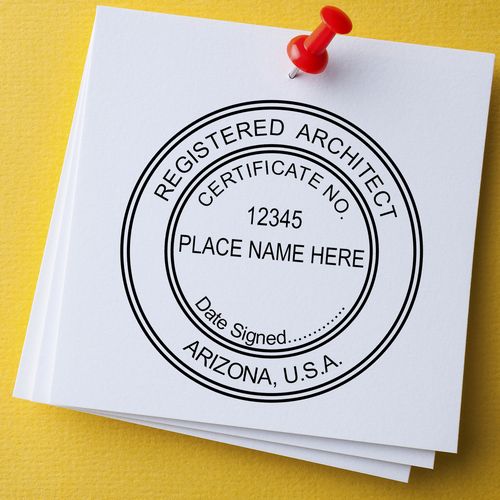
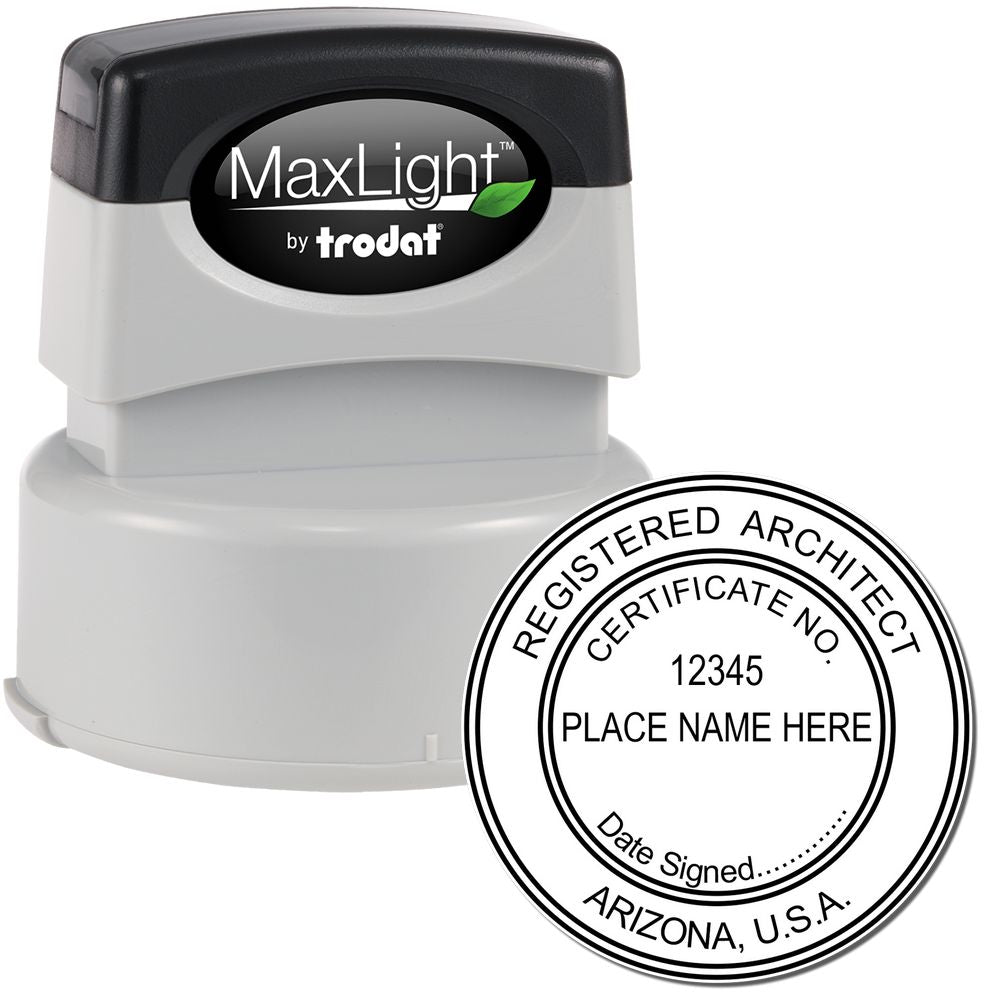
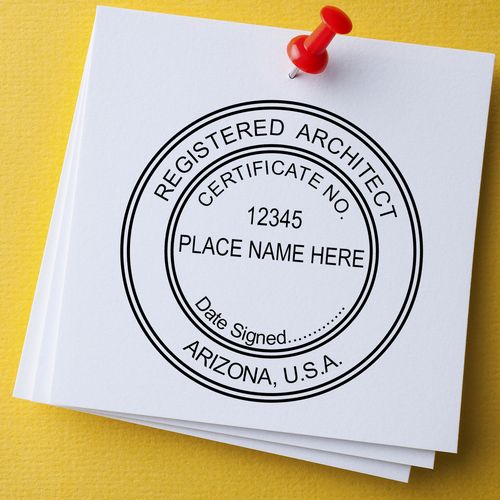
Understanding Architect Seals and Stamps
Architect seals, also known as architect stamps, are official markings that architects use to validate their work. These seals typically contain the architect's name, registration number, and other identifying information. Architect seals are affixed to drawings, plans, and other documents to indicate that the architect has reviewed and approved them.
Architect stamps can come in various formats, including traditional rubber stamps, pre-inked stamps, and electronic seals. Each format has its own advantages and considerations, allowing architects to choose the option that best suits their needs.
Why Architect Seals are Essential
Architect seals are essential for several reasons. First and foremost, they signify that the architect is licensed and authorized to practice in their respective jurisdiction. This helps to instill confidence in clients, contractors, and regulatory authorities that the architect's work meets the necessary standards and regulations.
Architect seals also ensure accountability and liability. By affixing their seal to documents, architects take responsibility for the accuracy and quality of their work. This accountability is crucial in the construction industry, where precision and adherence to codes and regulations are paramount.
Moreover, architect seals help to protect the integrity of architectural plans and drawings. They serve as a deterrent against unauthorized modifications or reproductions, safeguarding the architect's intellectual property and ensuring that their work is not misrepresented.
In Arizona, architects must adhere to specific requirements and guidelines when it comes to using architect seals. The state has regulations in place to ensure that architects maintain professional standards and protect the public's interests. For detailed information on the requirements for Arizona architects and their seals, refer to our article on arizona architect stamps.
By understanding the importance of architect seals and stamps, architects in Arizona can effectively demonstrate their professionalism, expertise, and compliance with regulatory standards. It's crucial to choose the right type of architect seal and work with a reliable supplier to ensure the quality and authenticity of the seal. For guidance on selecting the right architect seal and finding a reputable supplier, refer to our article on architect seals in arizona.
Arizona Architect Seals
In the state of Arizona, architect seals play a vital role in the architectural profession. These seals serve as a mark of authenticity and professionalism, providing assurance that the architectural plans and documents have been reviewed and approved by a licensed architect. Let's explore the requirements for Arizona architects and the process of obtaining an Arizona architect seal.
Requirements for Arizona Architects
To practice as an architect in Arizona, individuals must meet certain licensing requirements. The Arizona State Board of Technical Registration (BTR) is responsible for overseeing the licensure process. Here are the key requirements:
- Education: Completion of a professional degree in architecture from an accredited program is essential. The degree must meet the BTR's educational standards.
- Experience: Aspiring architects must gain practical experience through an internship or an approved architectural training program. The BTR requires a minimum of 3,740 hours of experience, which is typically fulfilled through the Intern Development Program (IDP).
- Examination: Passing the Architect Registration Examination (ARE) is a crucial step towards licensure. The ARE consists of multiple divisions that assess various aspects of architectural knowledge and skills.
- Application: Once the education, experience, and examination requirements are met, individuals can submit an application to the BTR. The application includes documentation of education, experience, examination results, and other relevant information.
- Background Check: The BTR conducts a thorough background check, including a review of criminal records and disciplinary actions, to ensure the applicant's fitness to practice architecture.
For detailed information on licensing requirements, it is advisable to visit the official website of the Arizona State Board of Technical Registration.
Obtaining an Arizona Architect Seal
After obtaining an architecture license in Arizona, architects are required to obtain an Arizona architect seal. The architect seal is used to authenticate architectural drawings, plans, and other related documents.
To obtain an Arizona architect seal, architects must follow these steps:
- Choose a Supplier: Architects need to find a reliable supplier that offers high-quality architect seals. It is important to select a supplier that meets the Arizona State Board of Technical Registration's specifications for seal design and size.
- Seal Design: Architects should ensure that the architect seal design complies with the BTR's guidelines. The design typically includes the architect's name, registration number, and the words "Registered Architect - State of Arizona."
- Order the Seal: Once the design is finalized, architects can place an order with the chosen supplier. The seal can be customized to include additional information such as the architect's contact details or firm name.
- Receive the Seal: The supplier will manufacture the architect seal according to the specifications and ship it to the architect's designated address.
- Seal Registration: Architects are required to register their seal with the Arizona State Board of Technical Registration. This involves submitting information about the seal's design and specifications.
By fulfilling the requirements and obtaining an Arizona architect seal, architects can demonstrate their professionalism and compliance with the state regulations. It is important to note that architect seals must be used responsibly and in accordance with the laws and guidelines set by the Arizona State Board of Technical Registration.
For more information on architect seals and stamps, including options and guidelines, visit our article on architect stamps in Arizona.
Types of Arizona Architect Seals
When it comes to Arizona architect seals, there are several options available to meet the specific needs and preferences of architects. Each type of seal has its own unique features and advantages. Let's explore the three main types of Arizona architect seals: traditional rubber stamps, pre-inked stamps, and electronic seals.
Traditional Rubber Stamps
Traditional rubber stamps are a popular choice among architects. These stamps feature a rubber die that is mounted on a wooden or plastic handle. To use a traditional rubber stamp, an architect would need to separately ink the stamp pad and then press it onto the desired surface.
One of the advantages of traditional rubber stamps is their durability. The rubber die is sturdy and can withstand repeated use, making it a reliable option for architects. Additionally, traditional rubber stamps offer the flexibility to use different colored inks, allowing architects to customize their stamped documents.
Pre-Inked Stamps
Pre-inked stamps are another option for architects in Arizona. These stamps contain ink within the stamp itself, eliminating the need for a separate ink pad. By pressing the stamp onto the desired surface, the ink is transferred smoothly and evenly.
One of the main advantages of pre-inked stamps is their convenience. Architects don't need to carry around an ink pad or worry about re-inking the stamp frequently. The ink reservoir within the stamp provides a sufficient number of impressions before needing to be re-inked.
Electronic Seals
As technology advances, electronic seals are becoming more prevalent in the architectural world. These seals utilize digital signatures and cryptographic techniques to ensure the authenticity and security of architectural documents. Electronic seals are typically created using specialized software and hardware devices.
One of the key advantages of electronic seals is their efficiency and ease of use. Architects can create digital signatures and apply them to documents electronically, saving time and reducing the need for physical paperwork. Furthermore, electronic seals offer enhanced security features, such as encryption and tamper-proof protection.
When choosing an Arizona architect seal, it's important to consider factors such as personal preference, ease of use, and the specific requirements of your architectural practice. Additionally, finding a reliable supplier is crucial to ensure the quality and accuracy of the seal. For more information on Arizona architect seals, check out our article on architect seals in Arizona.
Remember, the type of seal you choose should comply with the regulations and guidelines set forth by the Arizona Board of Technical Registration. Whether you opt for a traditional rubber stamp, a pre-inked stamp, or an electronic seal, each type offers its own benefits to meet the needs of architects in Arizona.
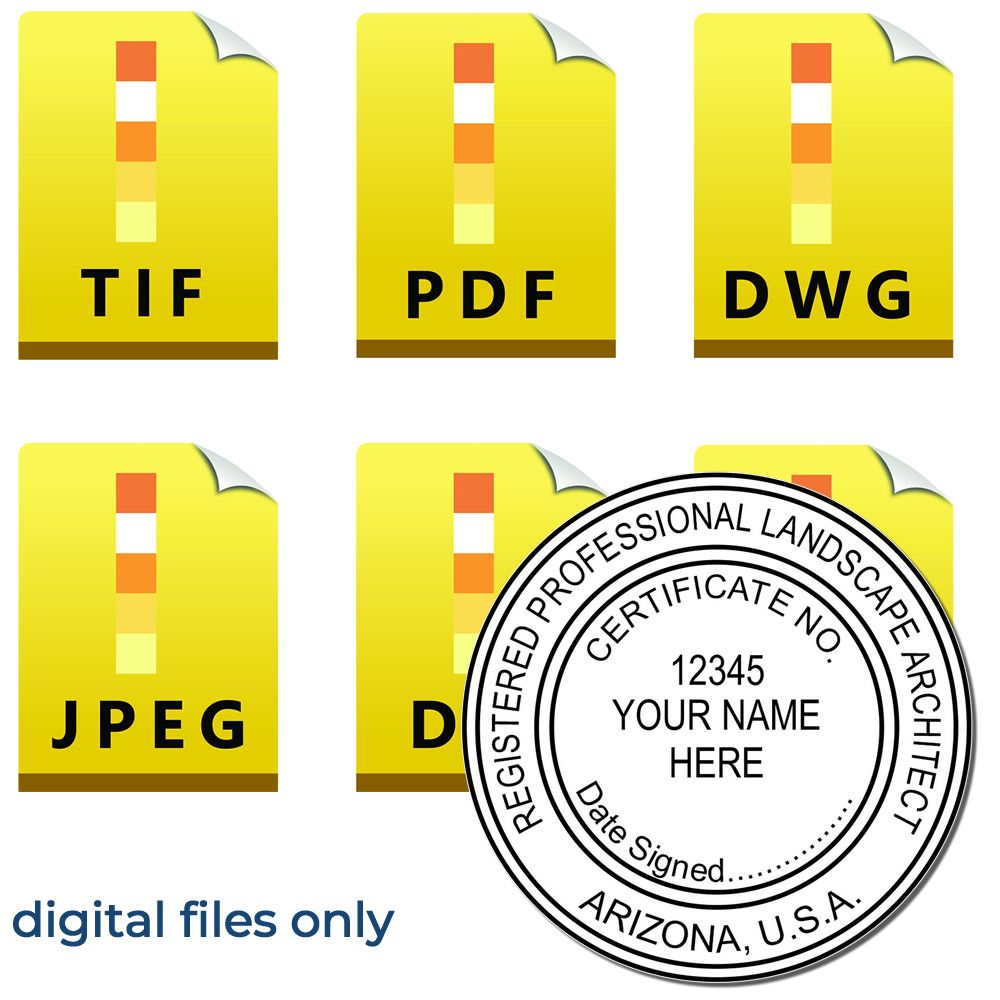
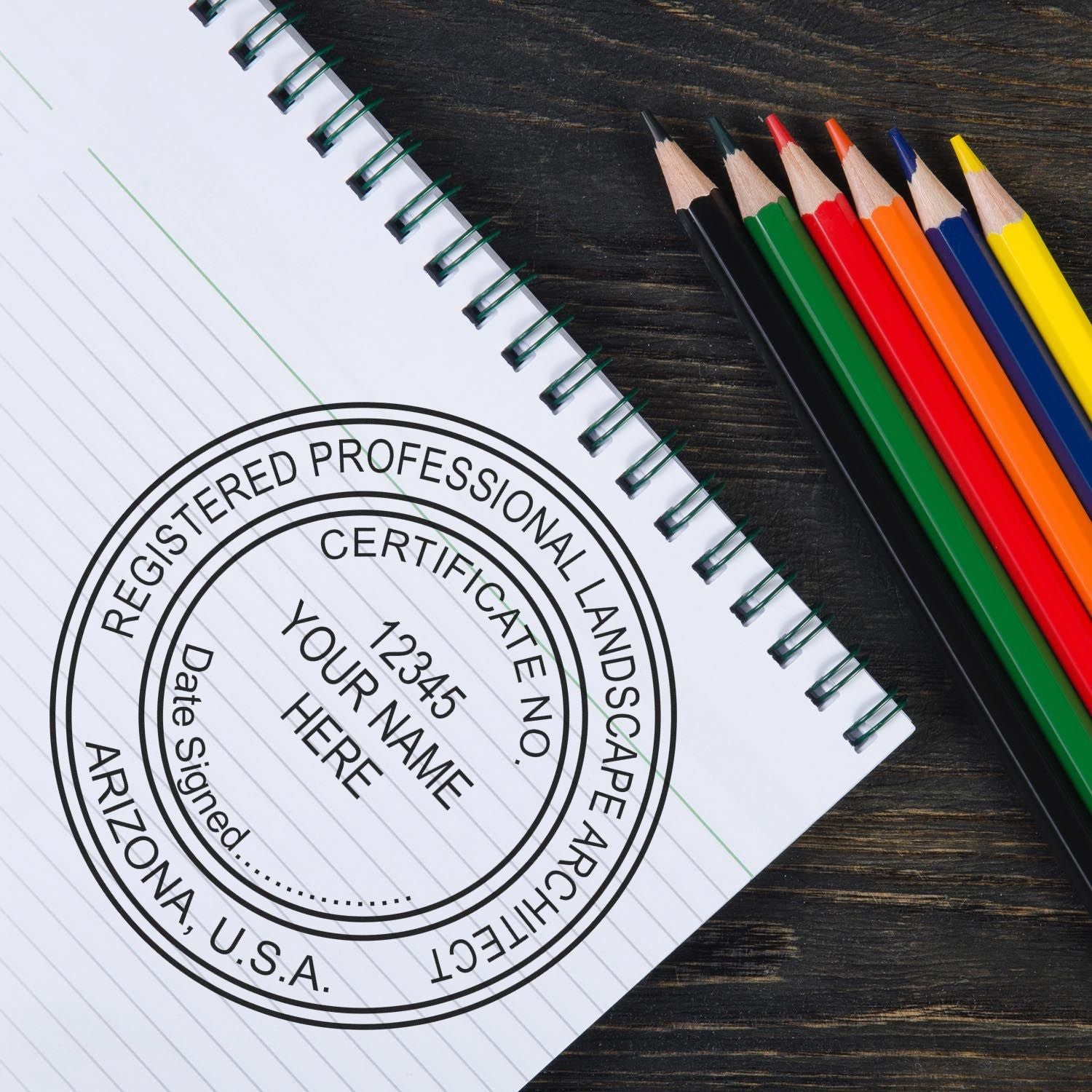
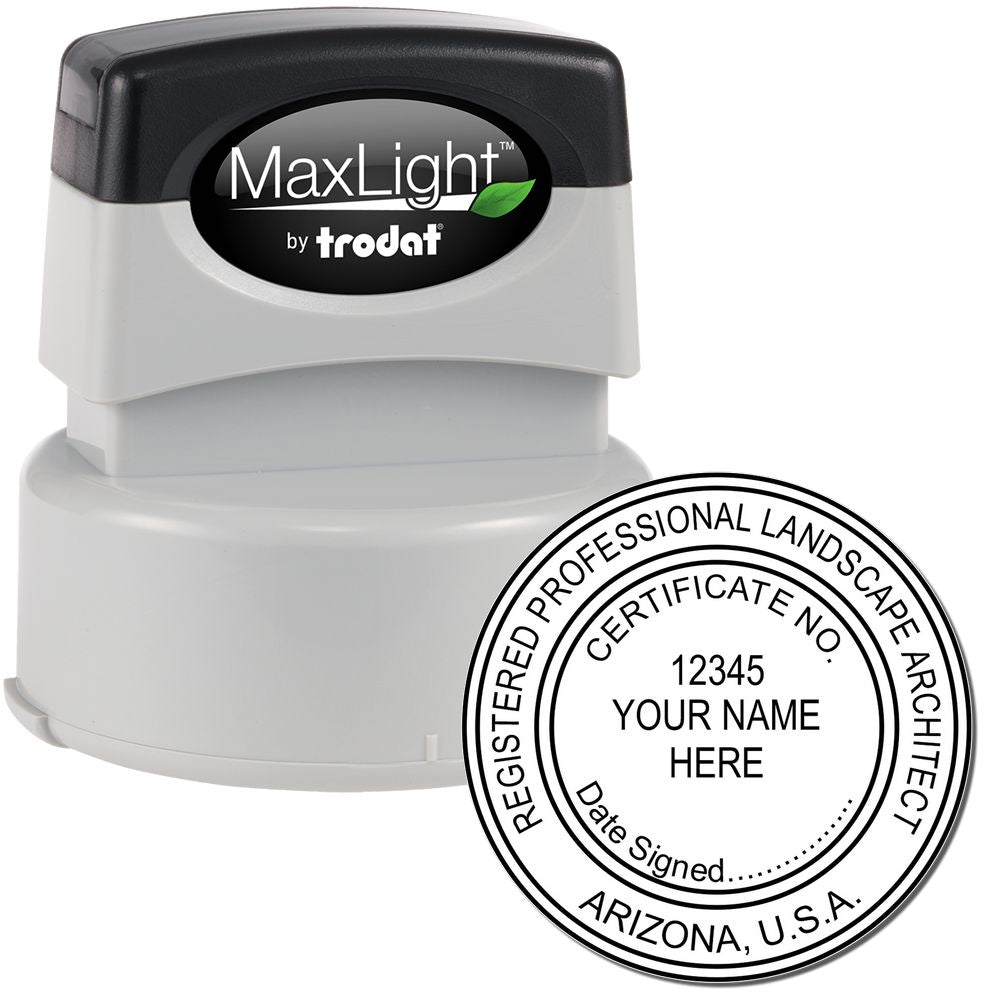
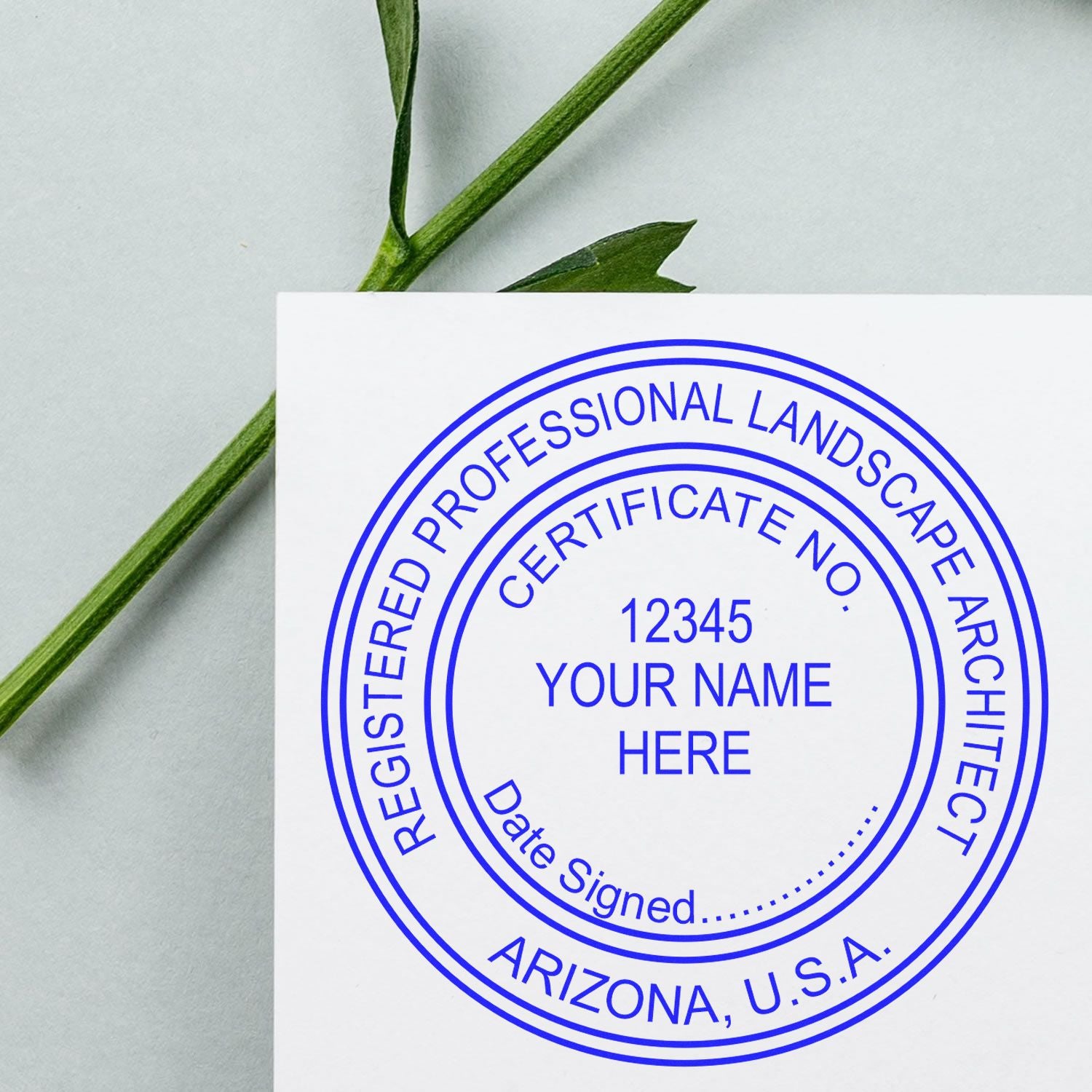
Choosing the Right Arizona Architect Seal
When it comes to selecting the right Arizona architect seal, there are several important factors to consider. The architect seal you choose is not only a representation of your professional identity but also a tool that ensures the authenticity and legitimacy of your architectural documents. Here are some key factors to keep in mind when choosing an architect seal in Arizona.
Factors to Consider
- Legal Requirements: Before purchasing an architect seal, it's crucial to familiarize yourself with the legal requirements set forth by the Arizona State Board of Technical Registration. These requirements outline the specific design and size specifications for architect seals in Arizona. Be sure to review the requirements for Arizona architects to ensure compliance.
- Design and Customization Options: Architect seals come in various designs and formats. Consider the layout, font, and overall appearance of the seal to ensure it aligns with your professional aesthetic. Many suppliers offer customization options, allowing you to add your name, registration number, or additional details to the seal. Keep in mind that any customization must adhere to the regulations set by the Arizona State Board of Technical Registration.
- Quality and Durability: Investing in a high-quality architect seal is essential for long-term use. Look for seals made from durable materials that can withstand repeated impressions without compromising the clarity of the design. Additionally, consider the type of stamp mechanism, whether it is a traditional rubber stamp, a pre-inked stamp, or an electronic seal. Each type has its own advantages and disadvantages, so choose the one that suits your needs and preferences.
- Supplier Reputation: Finding a reliable supplier is crucial in obtaining a reputable architect seal. Look for suppliers who specialize in providing architect seals in Arizona and have a track record of delivering quality products. Read customer reviews and testimonials to gauge the supplier's reputation and customer satisfaction. For more information on architect stamps and seals in Arizona, refer to our article on architect seals in Arizona.
Finding a Reliable Supplier
When it comes to purchasing an architect seal in Arizona, finding a reliable supplier is essential. Here are a few steps to help you find the right supplier for your needs:
- Research Online: Start by conducting online research to find suppliers that specialize in architect seals in Arizona. Visit their websites to gather information about their products, customization options, and pricing.
- Check Reviews and Testimonials: Look for customer reviews and testimonials to gain insight into the supplier's reputation and the quality of their products and services. This feedback can help you make an informed decision.
- Compare Options: Compare multiple suppliers based on factors such as product quality, customization options, pricing, and customer service. Evaluate their offerings and choose the supplier that best aligns with your requirements.
- Contact the Supplier: Once you have identified potential suppliers, reach out to them for further inquiries. Ask about their production and delivery times, return policies, and any additional questions you may have.
By considering these factors and finding a reliable supplier, you can ensure that you obtain a high-quality architect seal that meets the legal requirements and reflects your professional identity. Remember to review the architect stamps in Arizona article for more information on the specific regulations and guidelines for architect seals in Arizona.
Best Practices for Using Arizona Architect Seals
To ensure the proper use and effectiveness of Arizona architect seals, it's important to follow best practices. By adhering to these practices, architects can maintain compliance with regulations and produce professional, accurate documents. Here are two key areas to consider: proper usage and placement and maintaining and replacing seals.
Proper Usage and Placement
When using an Arizona architect seal, it is crucial to understand the correct usage and placement guidelines. This ensures that the seal is visible, legible, and meets the necessary requirements set by the Arizona Board of Technical Registration.
- Placement: The architect seal should be placed on the final documents in a prominent location, typically near the architect's signature. This signifies the architect's responsibility for the project. Refer to the specific guidelines provided by the Arizona Board of Technical Registration for recommended placement details.
- Legibility: The architect seal should be clear and legible. It is important to use a high-quality seal and ink to ensure that the impression is sharp and easily recognizable. Avoid using worn-out seals or ink that may blur or distort the seal's image.
- Size and Format: The size and format of the architect seal should comply with the regulations set by the Arizona Board of Technical Registration. These regulations specify the dimensions, content, and design of the seal. Ensure that the seal meets the required specifications to ensure its validity.
By following these guidelines for proper usage and placement, architects can ensure that their documents meet the necessary compliance standards and convey their professional authority effectively.
Maintaining and Replacing Seals
To maintain the integrity of the architect seal and ensure its continuous functionality, architects should follow proper maintenance practices and be prepared to replace their seals when necessary.
- Cleaning: Regularly clean the architect seal to remove any ink residue or debris that may accumulate on the surface. Use a soft cloth or tissue to gently wipe the seal, avoiding harsh chemicals or abrasive materials that may damage the seal.
- Storage: Store the architect seal in a secure and dry location to protect it from damage. Avoid exposing the seal to extreme temperatures, moisture, or direct sunlight, as these factors can deteriorate the seal's quality and affect its performance.
- Replacement: Over time, architect seals may become worn out or damaged, compromising their legibility and effectiveness. It is essential to monitor the condition of the seal and be prepared to replace it when necessary. Always have a backup seal available to ensure uninterrupted workflow.
Remember to consult the Arizona Board of Technical Registration for any specific guidelines or regulations regarding maintenance and replacement of architect seals.
By following these best practices for using Arizona architect seals, architects can uphold professional standards, maintain compliance, and convey their expertise in the architectural field.
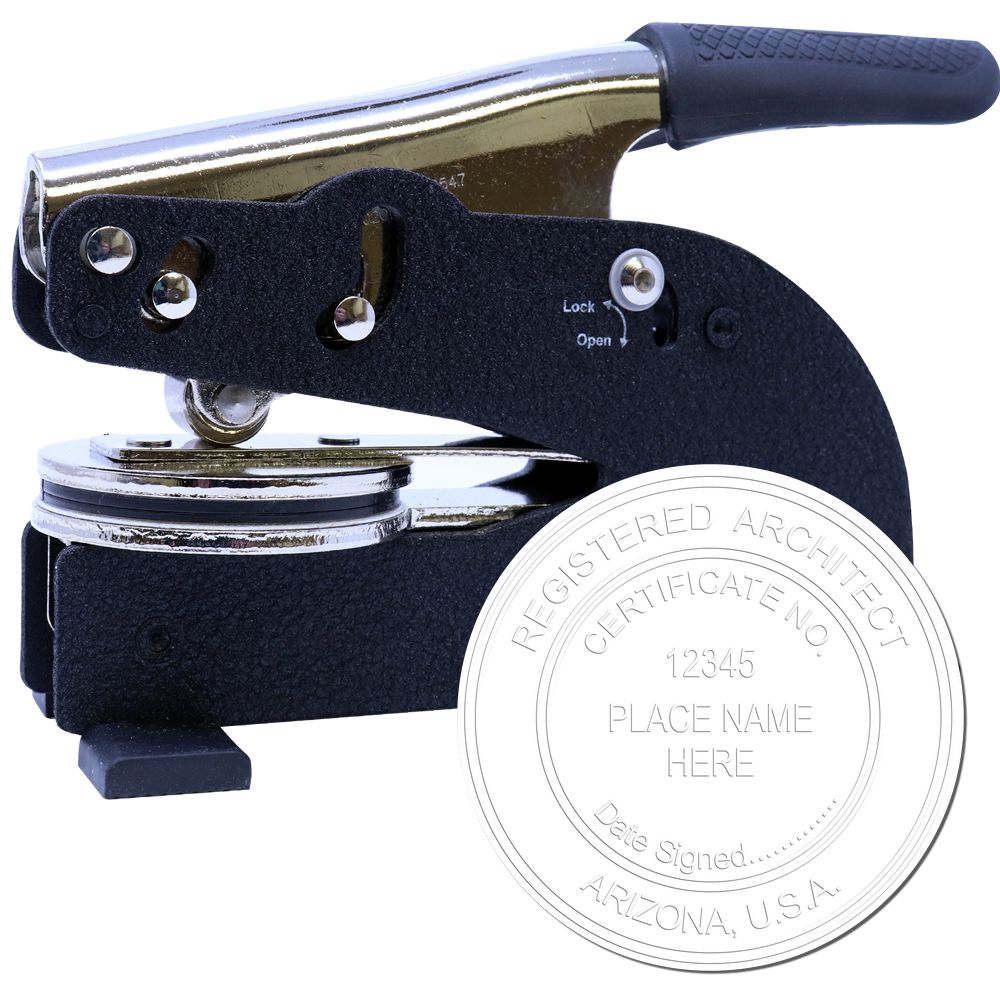
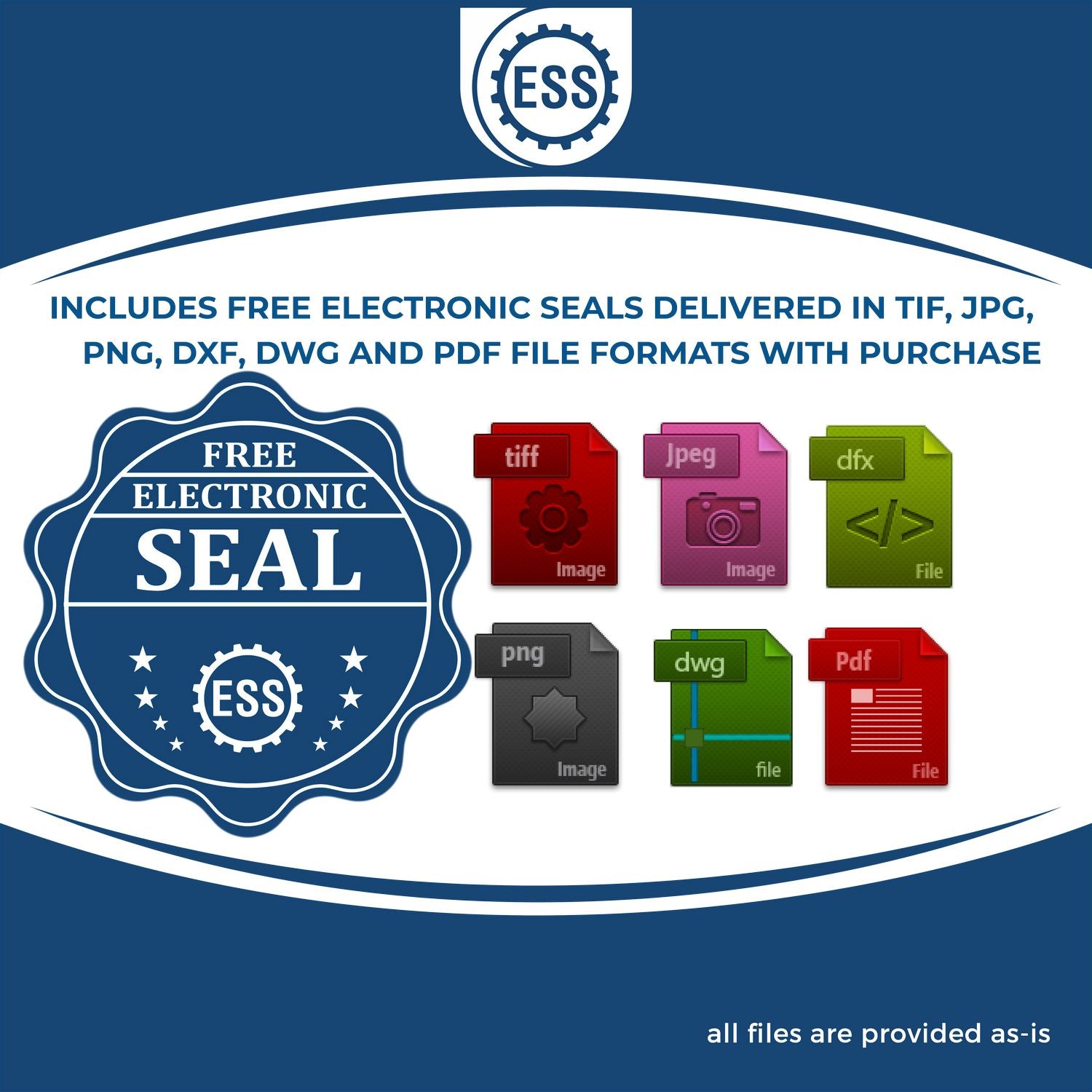
About ESS
At Engineer Seal Stamps (ESS), we take pride in being the leading makers of high-quality rubber stamps, professional seals, and notary stamps. Our commitment to excellence is reflected in the state board guarantee that backs all our products. With ESS, you can be confident that you are getting the best of the best when it comes to stamping and sealing products.
Our team of experts will work closely with you to create customized rubber stamps and seals that meet your specific needs, whether you are an architect, engineer, surveyor, or other professional. We understand that time is of the essence in your line of work, which is why we offer a quick turnaround on all our products. ESS is also incredibly versatile, we cater to a broad range of industries, from oil and gas to healthcare, government, and education. When it comes to quality, our products speak for themselves. All our rubber stamps and seals are made using high-grade materials, ensuring that they will last you for years to come. Our stamping and sealing products are also designed to deliver crisp and clear impressions every time, so you can always be sure that your documents look professional and presentable.
At ESS, we are committed to providing our customers with stellar customer service, and we go above and beyond to ensure your satisfaction. Whether you need a customized rubber stamp, professional seal, or notary stamp, ESS is the trusted partner you can rely on for all your stamping and sealing needs.


